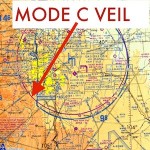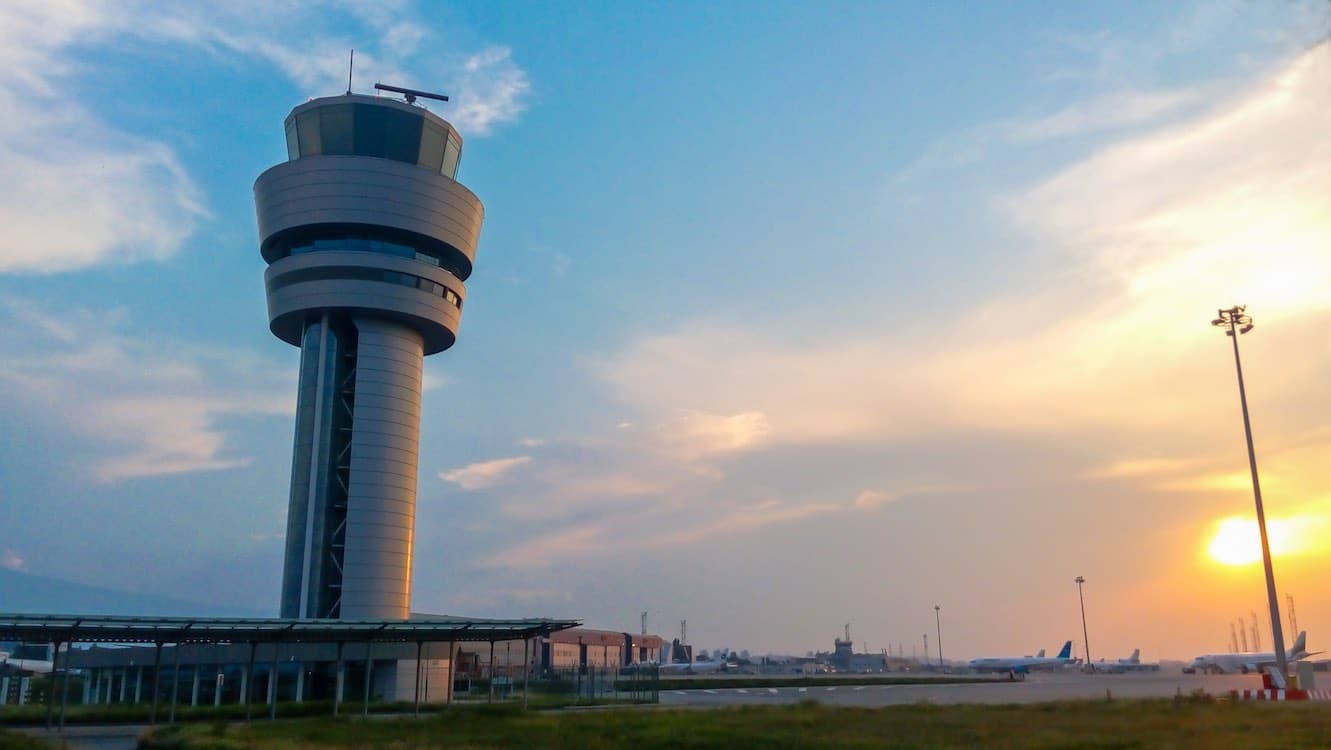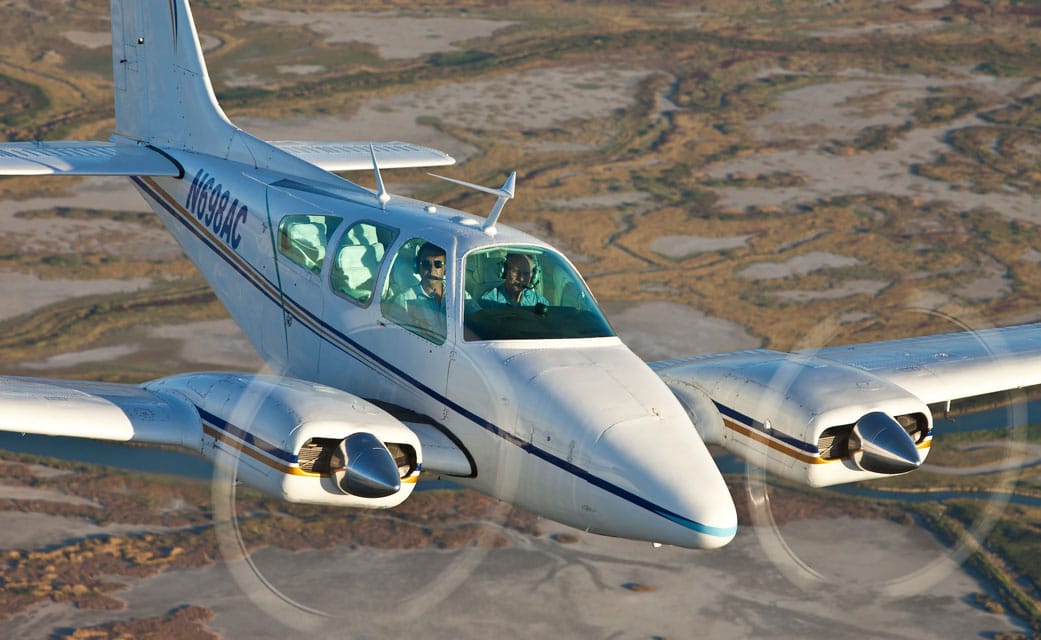Private Pilot flashcards National Airspace System
Flashcards National Airspace System – One of the biggest obstacles for a new pilot is gaining and retaining an understanding of the National Airspace System. It’s been my experience that until a student pilot understands the NAS, they will always feel lost and unsure in all other aspects of their flight training. Once the Student Pilot understands NAS they can feel comfortable that they are not in the wrong place at the wrong time and focus their energy on learning to control the aircraft.
It’s in this light that I decided to create a quick, flashcard resource for reviewing and understanding the basics of the NAS as it relates to VFR for Student Pilots who are working toward their Private Pilot Certificate.
Just like the 172 flashcards on flight maneuvers, the flashcards for the national airspace system can be shared, printed, copied, (and it is encouraged that you do so), whatever you need.
[wp_ad_camp_1]
If an instructor has a suggestion on something missing in the flashcards national airspace system, or a revision that would be helpful to the goal of making this article a more useful resource to students and instructors, then please comment below and I’ll review and edit the information into the article.
Thanks, and enjoy!
Printer friendly PDF
NAS Around an Airport:
Class A (Alpha) Airspace
-18,000 to 60,000 (MSL)
-All Flight is IFR in class Alpha
Class B (Bravo) Airspace
-Surrounding Busiest Airports
-Generally from the surface to 10,000 feet (MSL)
-Additional Layers of Class B (2 or more) individually tailored to each airport
-ATC Clearance Required to enter Bravo Airspace
-Maintain Two-Way Communication while in Bravo
-Mode C required (Inside Mode C Veil)
-3 Statute miles visibility
-Clear of Clouds
Mode C Veil
-Exists within 30 nm of most class B airports
-Mode C Transponder Required
-Refers to a kind of airspace which surrounds most primary Class B airports

Click on image (above) to enlarge:
Class C (Charlie) Airspace
-Surrounds medium size airports
-Typically 10 nm radius
-Generally 2 segments
-5 nm radius, surface to 4,000 (AGL)
-10 nm radius shelf from 1,200 to 4,000 feet (AGL)
-Two-Way Communication Required to enter
-Mode C Transponder
-Three Statute Miles Visibility
-Cloud Clearance: 500 below, 1000, above, 2000, horizontally
Class D (Delta) Airspace
-Surrounds smaller airports
-Typically 4 nm radius
-Surface to 2,500 feet (AGL)
-Usually, Class D (Delta) reverts to Class E (Echo) when tower is closed
-Two-Way communication Required
-Three Statute Miles Visibility
-Cloud Clearance: 500 below, 1000, above, 2000, horizontally
Class E (Echo) Airspace
-Around some airports, and also around Class D (Delta) when Tower is not in operation
-At an airport, class E (Echo) begins at the surface
-Three Statute Miles Visibility
-Cloud Clearance: 500 below, 1000, above, 2000, horizontally
Class G (Golf) Airspace
-Class G (Golf) airspace is uncontrolled airspace
-It exists wherever Class A, B, C, D or E doesn’t
-One Statute Mile Visibility
-Clear of Clouds
NAS Everywhere Else:
Class E (Echo) Airspace
-Unless designated at a lower altitude, Class E airspace begins at 14,500 feet (MSL) to 17,999 feet (MSL)
-Class E (Echo) begins again at 60,000 feet (MSL) and up
-If the airspace is not Class A, B, C, or D, and is controlled airspace, then it is Class E airspace.
-Class E (Echo) includes Federal Airways, airspace beginning at either 700 or 1,200 feet above ground level (AGL)
Class G (Golf) Airspace
-Class G airspace extends from the surface to the base of the overlying Class E airspace
-ATC has no authority or responsibility to control air traffic in Class G (Golf) airspace
-If the airspace is not Class A, B, C, or D, and is controlled airspace, then it is Class E airspace.
-Visual flight rules (VFR) minimums apply in Class G (Golf): one mile visibility and clear of clouds
Special Use Airspace
- Prohibited areas
- Charted as a “P” followed by a number (e.g., P-49)
- Flight of aircraft is prohibited
- Restricted areas
- Operations are hazardous to nonparticipating aircraft
- Flight is not prohibited but is subject to restrictions
- If Restricted airspace is not active no clearance is required from ATC
- If Restricted Airspace is active then clearance is required from ATC
- Restricted areas are charted with an “R” followed by a number (e.g., R-4401)
- Warning areas
- Designated with a “W” followed by a number (e.g., W-237)
- Airspace containing activity that may be hazardous to nonparticipating aircraft
- Military operation areas (MOAs)
- Defined vertical and lateral limits
- MOA’s are not numbered (e.g., “Camden Ridge MOA”)
- Info on MOA’s are on the back of the sectional charts with times of operation, altitudes affected, and the controlling agency
- Alert areas
- Depicted on aeronautical charts with an “A” followed by a number (e.g., A-211)
- Inform pilots of areas that may contain a high volume of pilot training or an unusual type of aerial activity
- Pilots are responsible for collision avoidance
- Temporary Flight Restrictions (TFR)
- Temporary limitations/prohibitions apply
- Designated by a red or yellow shape over an area
- (example) TFRs are often established over large forest fires to help keep aircraft away from hazardous conditions
Thank you, and we hope you found National Airspace System Flashcards useful. Let us know if there is anything we can add to improve this resource. And please, DO share this with anyone you know who is training for their Private Pilot license.
Printer friendly PDFResources for this article: FAA Airspace System















Leave a Reply